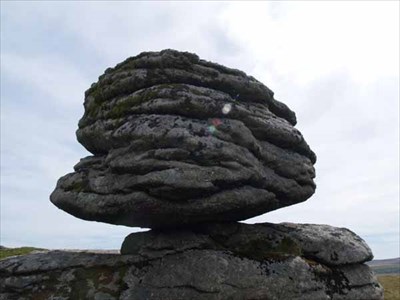
Perito Moreno is one of the biggest natural spectacles of the world. It is located in Las Glaciares National Park in the south west of Santa Cruz province, Argentina. Perito Moreno is a 250 square kilometers glacier, 30 kilometers long, 5 kilometers wide and 80 meters high above the water. This icefield is the world's third largest reserve of fresh water and it is the only glacier in the world to be still growing. It was named after the Argentine explorer, Francisco Moreno, who played a great role in securing Argentina's territory in the conflict with Chile regarding the international border issue.
Like all glaciers, this one begins high in the mountains, (in this case - the Andes), which separate Argentina from Chile. At the source, snowfall is nearly constant, and the weight of all this snow compresses the lower layers into virtually solid ice. As the snowfall continues, gravity pushes the thick mass of ice outward—downhill in this case. So a glacier is basically the same as a river, except that the water is frozen. This river moves very slowly about one meter per day from its source roughly 30km away. As it descends, it encounters higher air temperatures and begins to melt. Some glaciers melt into the ocean; this one melts into a lake. The end of the glacier is a sheer wall of ice about 5km (3 miles) long and standing 60m (200 feet) above the water’s surface. When pieces fall off (a process known as calving), they make a tremendous roar and splash. Every 3 to 4 years the ice breaks and it is a fantastic natural performance not to be missed.


















